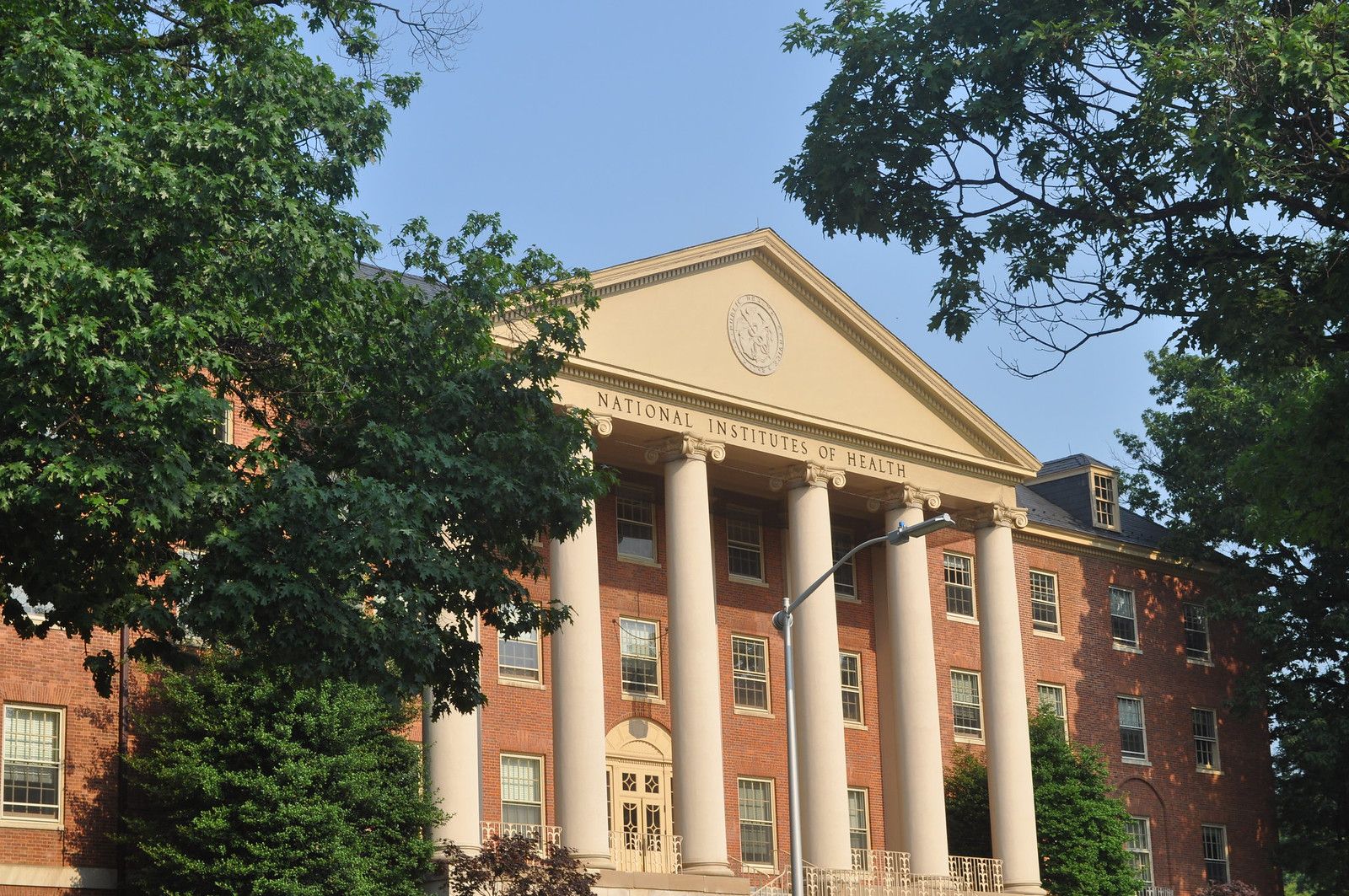NIH cuts, reorganization stir fears for future of medical research
About 1,200 at the National Institutes of Health are being forced out, including some key leaders. The cuts are part of the broader layoffs and reorganization of the Department of Health & Human Services.
Amidst the layoffs and reorganization of federal health programs, advocates for medical research are alarmed at the cuts at the National Institutes of Health.
Research advocates are alarmed at the layoffs affecting the National Institutes of Health, and the Trump administration cutting aid for research.

Workers across the U.S. Department of Health and Human Services began receiving their dismissal notices last week, including staff at the NIH. The health department’s plans call for 1,200 staff at the NIH, or about 6% of the agency’s staff.
There could be more NIH staff dismissals coming. Some additional NIH layoffs could be in the works, CBS News reports.
Research advocates are worried about the ouster not just in terms of numbers but in terms of leaders. The leaders of four of the NIH’s institutes were placed on leave, according to Nature.
Dr. Jeanne Marrazzo, who led the National Institute of Allergy and Infectious Diseases, was among those placed on leave. She succeeded Dr. Anthony Fauci after his retirement.
The health department is laying off 10,000 employees, and said another 10,000 positions were eliminated through buyouts or early retirements. The bulks of the cuts
The NIH is the federal government’s largest source of funding for medical research. Healthcare and research advocates such as Research!America criticized the mass layoffs, which have also targeted the Food & Drug Administration and the Centers for Disease Control & Prevention.
“These federal agencies under the umbrella of the Department of Health and Human Services (HHS) help develop new treatments to serve patients safely and effectively, and guard against threats to the public’s health overall,” Research!America said in a statement.
“Efforts to reorganize and streamline the work of federal agencies should be implemented after careful study and with input from stakeholders, including patients,” the group said. “That is not the case with these layoffs, which appear hurried and slipshod, serving only to slow our progress toward new treatments for patients and weakening our global leadership in science.”
U.S. Health & Human Services Secretary Robert F. Kennedy Jr., who was a frequent critic of the NIH for years, said that the layoffs were going to be aimed at bureaucrats and the agency would keep the key personnel involved in health and research. The health department says it's eliminating redundant positions in human resources, communications and information technology.
Public health leaders say many key leaders involved in important programs have been dismissed and the layoffs have gone far beyond administrative bloat.
Former NIH Director Harold Varmus, who led the agency for six years in the 1990s, criticized the cuts. “Going after these people without due cause or process is outrageous,” Varmus told Science.
The layoffs also took place as Jay Bhattacharya, MD, the NIH’s new director, had his first day in office last week..
Universities and academic medical centers were outraged when the NIH announced it was reducing funding for administrative costs tied to research, saying the move would save $4 billion annually. Medical schools and universities argued that those costs are an essential part of their work and said the cuts would stall research and lead to layoffs. A federal judge has blocked the cuts but the legal battle figures to continue.
The NIH has also canceled other grants for research, prompting a lawsuit that was filed last week.
Some researchers have filed a lawsuit to challenge the NIH’s decision to cut a host of grants.
Researchers, joined by the American Public Health Association, the Center for Science in the Public Interest, and other groups, contend that the NIH has canceled some grants due to ties to “gender identity” or “diversity, equity and inclusion” but hasn’t said how they apply to the studies losing funding. The plaintiffs also contend that the NIH is withdrawing support for research addressing health disparities and vaccine hesitancy.
Dr. Peter G. Lurie, president of the Center for Science in the Public Interest, said he was consulting on an NIH-financed study examining the impact of access to drugs aimed at preventing HIV.
“To exclude from consideration in human medicine the health outcome disparities between one ethnicity or the other, or one sexual orientation or the other, is to strike at the heart of the scientific enterprise,” Lurie said in a statement.
“To tell physicians, clinicians, and researchers what they must not study is to tell them what questions not to ask, what answers not to find, and which patients not to help. This will have devastating consequences for those relying on government progress on HIV, Alzheimer’s, diabetes, or other public health challenges, if not reversed by the courts,” Lurie said.
Even before the layoffs and reorganization, scientists and healthcare leaders expressed growing concern for the NIH’s future. The NIH had enjoyed decades of bipartisan support in Congress, but Republicans and President Trump repeatedly bashed the agency in the COVID-19 pandemic.
In an interview with Time before the layoffs, former NIH director Francis Collins said he is “quite concerned” about the agency’s future. Collins led the NIH during Trump’s first term, and he said the first Trump administration allowed more time for discussion.
“This time, the policies, including cutting funding and firing scientists, are being implemented very quickly, unfortunately without sufficient consideration of the harms that are being done,” Collins told Time. “Medical research institutions across the country are in crisis.”
Telehealth faces a looming deadline in Washington | Healthy Bottom Line podcast
February 12th 2025Once again, the clock is ticking on waivers for telemedicine and hospital-at-home programs. Kyle Zebley of the American Telemedicine Association talks about the push on Congress and the White House.